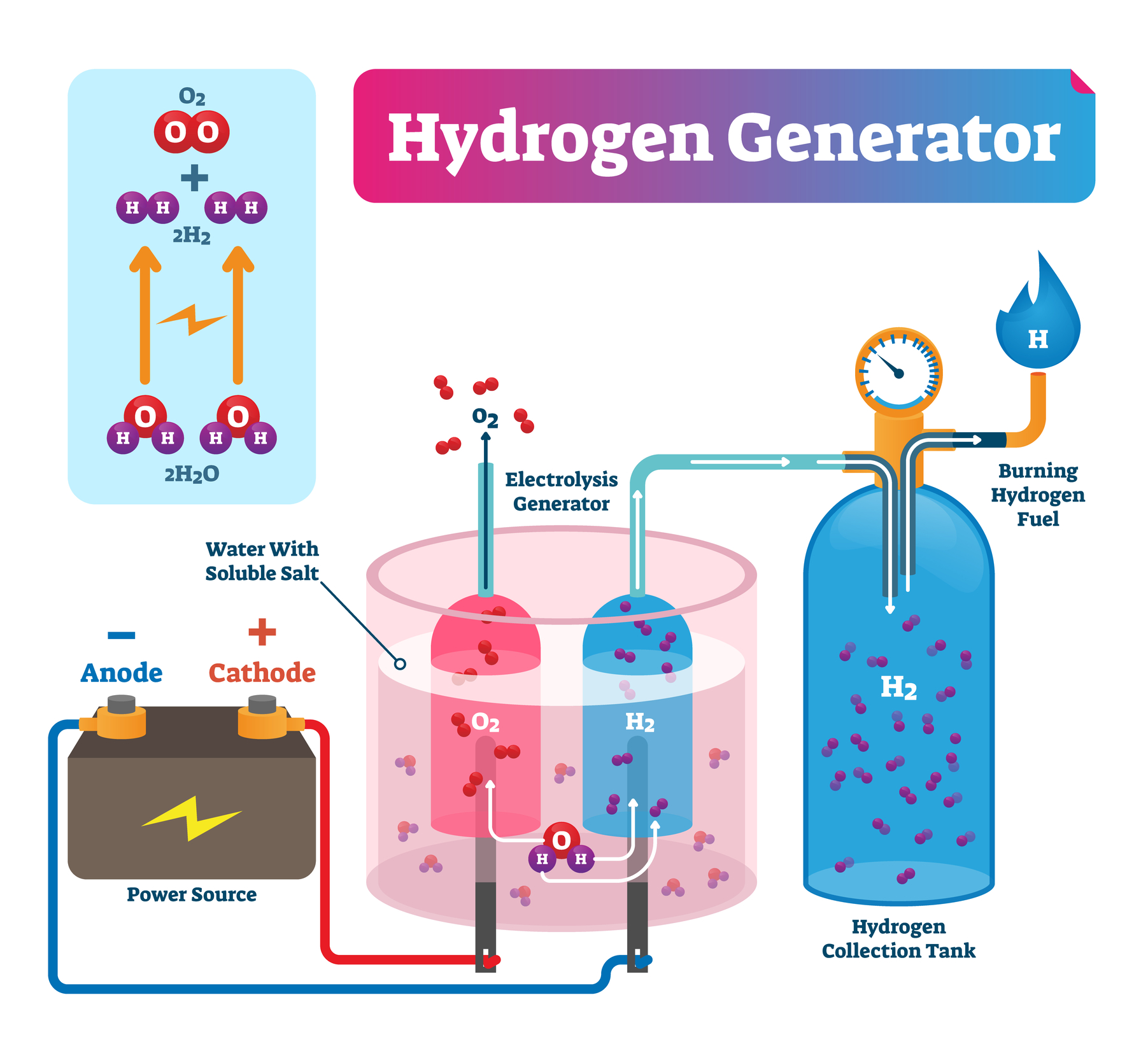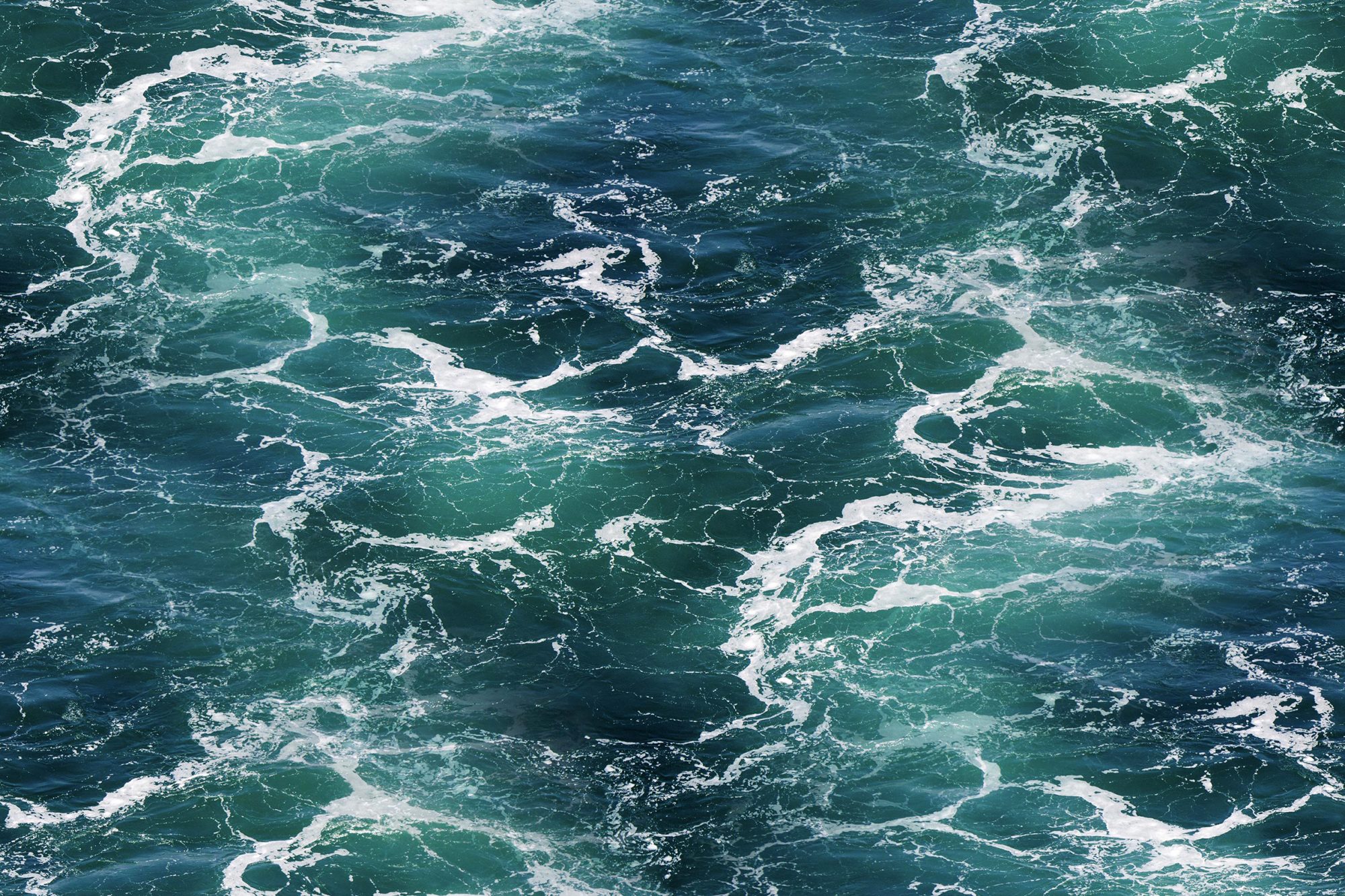Researchers have successfully split seawater to produce green hydrogen, a highly reactive fuel alternative that reduces emissions
Published in the journal Nature Energy, green hydrogen split with seawater without pre-treatment has been successfully accomplished by a University of Adelaide research team.
The generation of hydrogen – which is a light and highly reactive fuel alternative to traditional fossil fuels – is conducted through a chemical process known as electrolysis. This uses an electrical current to separate the hydrogen from the oxygen in the water, often through renewable sources.
By using this method to obtain green hydrogen, companies could save up to 830 million tonnes of CO2 which are emitted every year when this gas is produced using fossil fuels.
Why use seawater for energy?
Seawater is an almost infinite resource and is considered a natural feedstock electrolyte – it is also far more sustainable than freshwater.
Practical for regions with long coastlines and abundant sunlight, seawater electrolysis for green hydrogen is in early development – so far, with an almost 100% efficiency rate.
The use of vast amounts of high-purity water for hydrogen production may aggravate the shortage of freshwater resources
University of Adelaide’s Professor Shizhang Qiao, said: “We have split natural seawater into oxygen and hydrogen with nearly 100% efficiency, to produce green hydrogen by electrolysis, using a non-precious and cheap catalyst in a commercial electrolyser.”
Associate Professor Zheng added: “We used seawater as a feedstock without the need for any pre-treatment processes like reverse osmosis desolation, purification, or alkalisation.
“The performance of a commercial electrolyser with our catalysts running in seawater is close to the performance of platinum/iridium catalysts running in a feedstock of highly purified deionised water.”

This process was direct electrolysis of real seawater that has not been alkalised nor acidified, achieving long-term stability exceeding 100 h at 500 mA cm−2 and similar performance to a typical PEM electrolyser operating in high-purity water.
The only downside is this process is not practical for regions where seawater is scarce, and is not as efficient when compared with pure water electrolysis because of electrode side reactions, and corrosion arising from the complexities of using seawater.
Other electrolysers increase the scarcity of limited freshwater resources
Associate Professor Zheng finalised: “Current electrolysers are operated with highly purified water electrolytes. Increased demand for hydrogen to partially or totally replace energy generated by fossil fuels will significantly increase the scarcity of increasingly limited freshwater resources.
“It is always necessary to treat impure water to a level of water purity for conventional electrolysers including desalination and deionisation, which increases the operation and maintenance cost of the processes.
“Our work provides a solution to directly utilise seawater without pre-treatment systems and alkali addition”
“Our work provides a solution to directly utilise seawater without pre-treatment systems and alkali addition, which shows similar performance as that of existing metal-based mature pure water electrolyser.”
Next, the team aim to work on a larger electrolyser which can be used in commercial processes such as hydrogen generation for fuel cells and ammonia synthesis.











